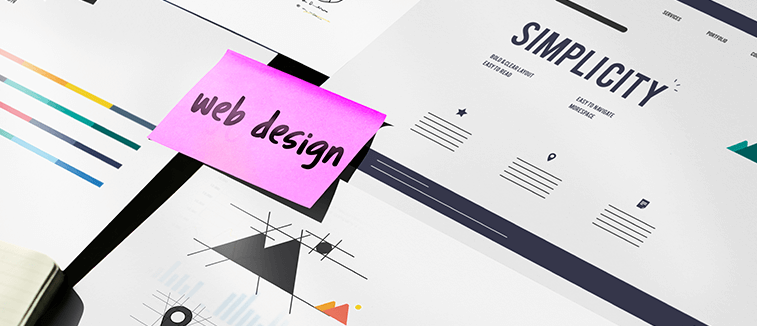Web Designer
On this page
- What's it like to be a Web Designer?
- How to become a Web Designer
- Latest Web Designer jobs
- Top skills and experience for Web Designers
What's it like to be a Web Designer?
Web designers are skilled professionals who create and design websites or web pages, focusing on the look and feel. They are often proficient in colour theory, graphic design and information flow. A Web Designer's responsibilities often include creating layouts, designing images, banners, and other visual elements that contribute to the overall aesthetic of a website. They may work for a variety of businesses such as digital agencies, tech companies, or they may choose to work as freelancers. Competence in design software, HTML, CSS and an understanding of programming languages can be essential in this role. Web Designers collaborate closely with coders, marketers and content creators for the best user-friendly and visually appealing outcome.

Tasks and duties
- Designing, developing and updating websites and webpages.
- Creating site layout and user interface using standard HTML/CSS practices.
- Integrating data from various back-end services and databases into websites.
- Identifying and fixing problems uncovered by testing or user feedback.
- Using graphic design software to create graphics and layouts.
- Collaborating with content creators to develop material for a website.
- Keeping up to date with emerging web technologies through relevant blogs, forums and events.
How to become a Web Designer
- 1.Obtain a diploma or bachelor's degree in computer science or software engineering. These programs typically span 3 to 4 years of course duration.
- 2.Become proficient in essential programming languages like HTML, CSS, JavaScript, and Adobe Creative Suite. For example, mastering HTML and CSS allows you to create visually appealing and responsive web layouts, while proficiency in JavaScript enhances interactivity and functionality.
- 3.Refine your technical skills by focusing on responsive design, testing and debugging, front-end and back-end fundamentals, and search engine optimization (SEO).
- 4.Gain practical experience through internships or entry-level positions with local companies in the web design industry.
- 5.Highlight your expertise with a diverse portfolio featuring previous web design projects, both personal and for clients. Your portfolio demonstrates your capabilities and increases your chances of landing job opportunities or paid projects.